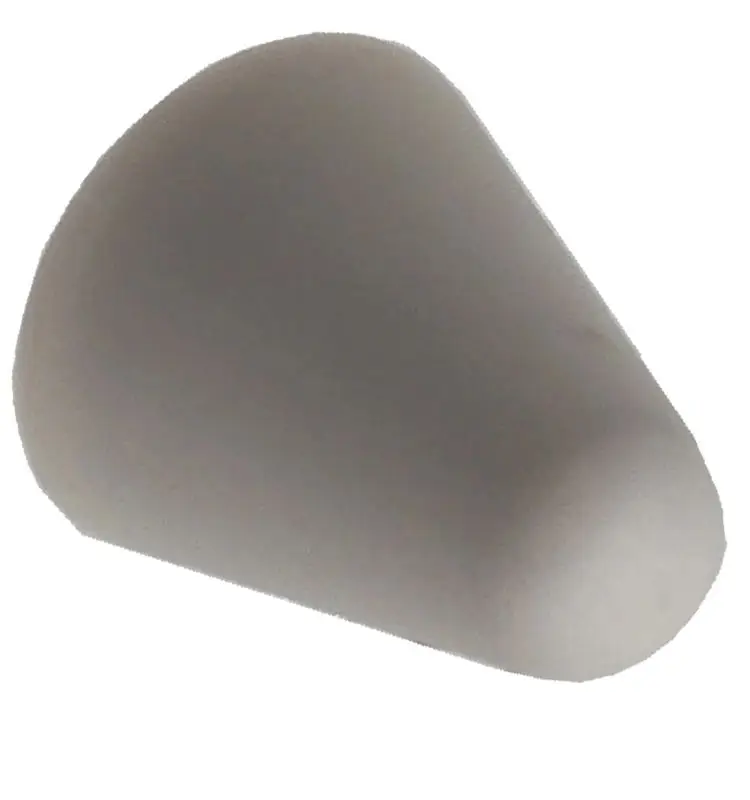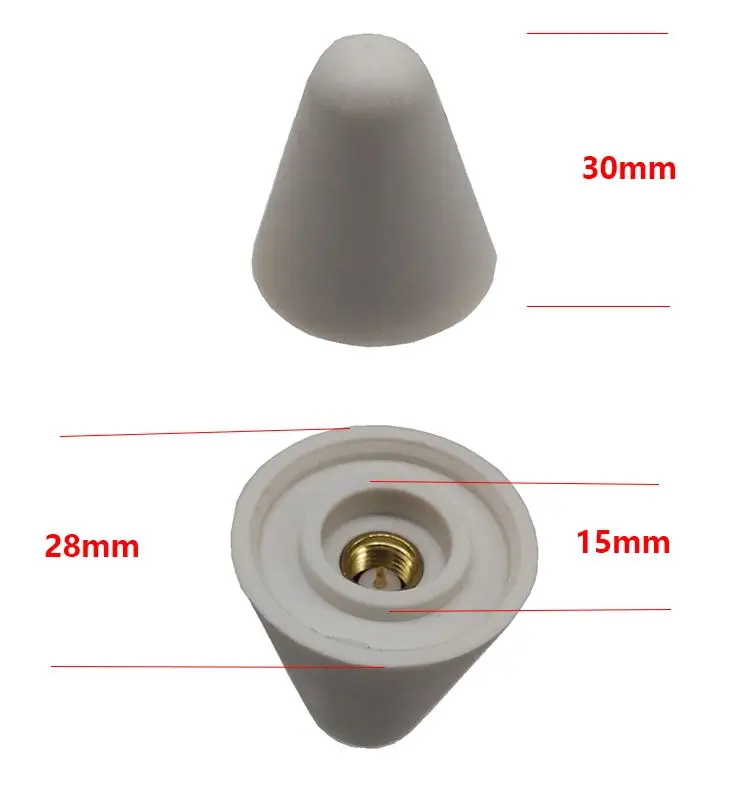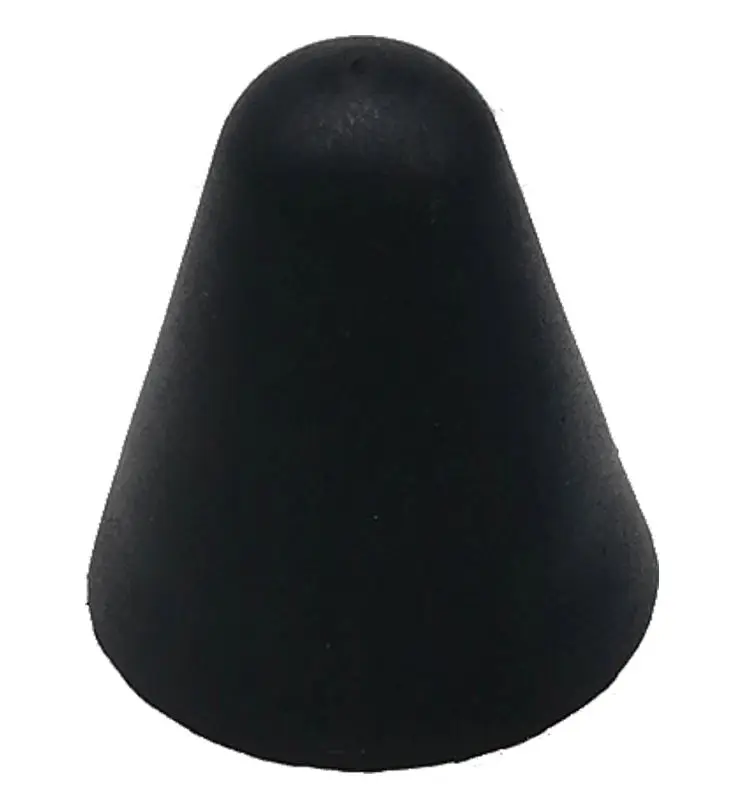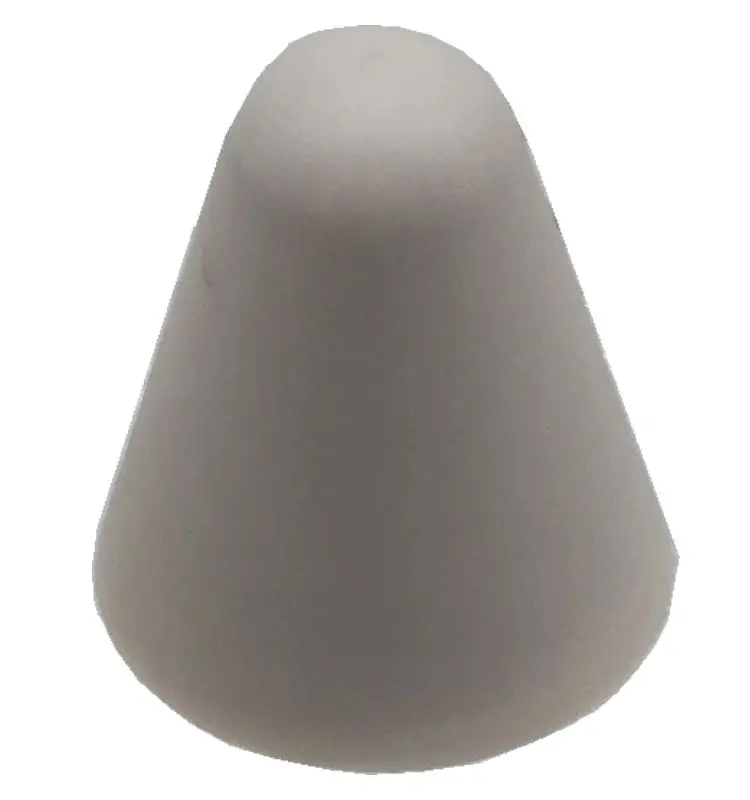Shiitake Mushroom: Sourcing, Types, and Buying Guide from China
Shiitake mushrooms are a popular ingredient in global cuisines and traditional medicine, prized for their rich flavor and health benefits. Sourcing high-quality Shiitake Mushroom from China requires understanding market trends, supplier reliability, and product variations. This guide covers key aspects buyers need to know.
How to Find Reliable Shiitake Mushroom from China in 2025
China dominates the global Shiitake Mushroom market, producing over 80% of the world's supply. To find trustworthy suppliers:
- Verify certifications (e.g., organic, GMP, ISO).
- Check Alibaba/Golden Supplier ratings and transaction history.
- Request samples to assess quality, packaging, and drying methods.
- Prioritize suppliers with FDA or EU export compliance.
Top regions like Fujian and Zhejiang specialize in cultivation, offering competitive pricing at $8-$15/kg for premium dried varieties.
What Buyers Should Know Before Buying Shiitake Mushroom from China
Key considerations include:
- Moisture content: Opt for ≤13% to prevent mold.
- Packaging: Vacuum-sealed bags or oxygen-absorbent containers extend shelf life.
- Logistics: Sea freight takes 30-45 days; air shipping costs 3x more but ensures freshness.
- Payment terms: 30% deposit with 70% balance before shipment is standard.
Types of Shiitake Mushroom
Common varieties include:
- Donko: Thick caps, intense flavor (premium grade).
- Koshin: Thin caps, milder taste (budget-friendly).
- Flower Shiitake: Cracked patterns from cold-weather growth.
Dried mushrooms offer longer shelf life, while fresh ones (limited to local markets) retain more moisture.
Functions and Features of Shiitake Mushroom
Beyond culinary use, these mushrooms are valued for:
- Immune support: Contains lentinan, a beta-glucan studied for immune modulation.
- Umami flavor: Natural glutamates enhance soups and stir-fries.
- Vegan protein: 2.2g protein per 100g, with all essential amino acids.
Scenarios of Shiitake Mushroom
Widely used in:
- Food industry: Broths, meat substitutes, and gourmet dishes.
- Health supplements: Extracts in capsules or powders.
- Cosmetics: Antioxidant properties in skincare formulations.
How to Choose Shiitake Mushroom
Selection tips:
- Appearance: Uniform color (light to dark brown), intact caps.
- Aroma: Earthy, slightly woody smell indicates quality.
- Texture: Dried mushrooms should snap, not bend.
- Size: 3-5cm caps are standard; larger sizes command higher prices.
Shiitake Mushroom Q & A
Q: How to store dried Shiitake Mushroom?
A: Keep in airtight containers away from light; refrigeration extends freshness to 12+ months.
Q: Are Chinese Shiitake Mushrooms safe?
A: Reputable suppliers test for heavy metals/pesticides; always request lab reports.
Q: Minimum order quantity (MOQ) from China?
A: Typically 500kg for bulk orders; some suppliers offer 50kg trial orders.
Q: Difference between sun-dried and machine-dried?
A: Sun-drying preserves more nutrients but costs 20% more due to labor intensity.
Q: Can I visit farms in China?
A: Yes, major producers in Fujian often arrange tours for serious buyers.












































































